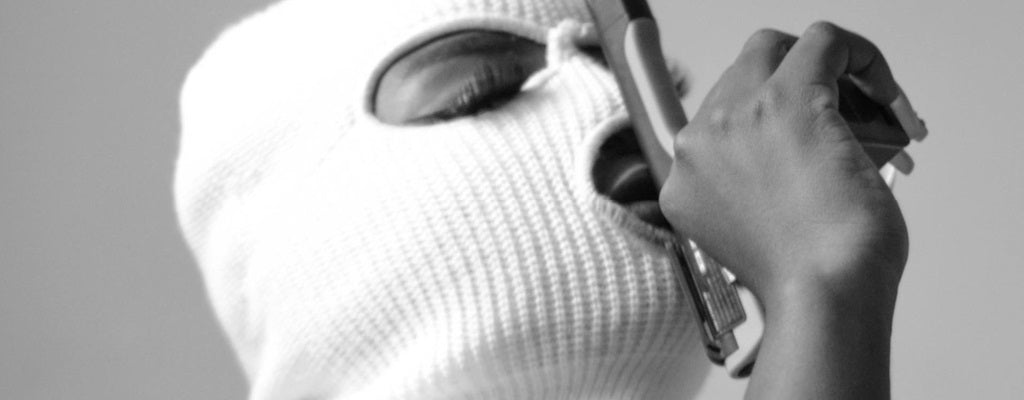
What is the ideal weight for a cyclist?
Understanding the Power-to-Weight Ratio
The power-to-weight ratio fascinates all cycling enthusiasts, from amateurs to professionals. This metric, often considered the Holy Grail of cycling performance, reveals much more than just a number: it unveils the true potential of an athlete, especially in the mountains. After 15 years of experience as a cycling coach and physical trainer, I have witnessed the critical importance of this ratio in the progression of my athletes.

What is the Power-to-Weight Ratio (PWR)?
The power-to-weight ratio (PWR) represents the maximum power a cyclist can produce per kilogram of body mass. This metric is expressed in watts per kilogram (W/kg). According to a study published in the Journal of Sports Sciences, this ratio is the best indicator of climbing performance.
Why is this ratio so crucial?
Gravity plays a crucial role in cycling, particularly in climbs. Dr. Andrew Coggan, a pioneer in cycling power analysis, explains: "On a 6% slope, about 90% of the total resistance comes from gravity." This is why professional climbers constantly optimize their power-to-weight ratio.
The Ideal Weight of a Cyclist
We have all asked ourselves at least once: What is the ideal weight for a cyclist? The answer depends on many factors:
- Natural morphology and genetics.
- The type of cycling practiced.
- Personal goals and performance strategy.
- Overall health, which must remain a priority.
Different Cyclist Profiles
Elite Climbers
- Average height: 1.75 m for optimal mountain performance.
- Weight: between 58 and 65 kg to maximize the power-to-weight ratio.
- Example: Warren Barguil maintains 62 kg at 1.77 m.
Rouleurs
- Average height: 1.75 m suitable for hilly courses.
- Weight: between 68 and 75 kg to combine power and agility.
- Example: Julian Alaphilippe performs at 70 kg for 1.73 m.
Sprinters
- Average height: about 1.75 m for an effective aerodynamic position.
- Weight: between 75 and 85 kg to maximize explosive power.
- Example: Peter Sagan excels at 78 kg for 1.84 m.
Calculating Your Power-to-Weight Ratio
How to calculate your PWR?
The formula is simple: PWR = Maximum Power (in watts) / Body Weight (in kg). For example, a cyclist weighing 70 kg capable of producing 280 watts for 20 minutes will have a PWR of 4 W/kg.
Reference Durations for Tests
- 5 seconds: explosive power (sprint)
- 1 minute: anaerobic power
- 5 minutes: threshold power
- 20 minutes: maximum aerobic power
- 1 hour: pure endurance

Standards According to Level of Practice
Amateur Cyclists
According to data collected by TrainingPeaks on over 100,000 cyclists:
- Beginner: 1.5 to 2.5 W/kg over 20 minutes
- Intermediate: 2.5 to 3.5 W/kg
- Advanced: 3.5 to 4.5 W/kg
- Expert: 4.5 to 5.5 W/kg
Professional Cyclists
According to the International Journal of Sports Physiology and Performance:
- Climbers: 6.0 to 6.5 W/kg
- Rouleurs: 5.5 to 6.0 W/kg
- Sprinters: 5.0 to 5.5 W/kg
Optimizing Your Power-to-Weight Ratio
Strategies for Improving Power
- Structured Training: high-intensity intervals (HIIT), long rides, and threshold work.
- Optimal Recovery: sufficient sleep, proper nutrition, scheduled rest phases.
Weight and Nutrition Management
Dr. Asker Jeukendrup recommends:
- A gradual weight loss (max 0.5 kg/week)
- A sufficient protein intake (1.6-2 g/kg/day)
- Hydration of at least 2 liters of water per day
Expert Opinions
Dr. Xavier Bigard (UCI) reminds us: "The power-to-weight ratio must be optimized while respecting the athlete's health." Laurent Jalabert, former pro, explains: "For the Tour de France, I would lose about 3 kg while maintaining my power. The balance is delicate."
Recent Scientific Studies
- 75% of climbing performance is explained by the PWR.
- A 1% improvement in PWR reduces the climbing time by 45 seconds on a 10 km climb.
- Weight stability is more important than extreme reduction.
Practical Recommendations by Level
For Beginners
- Establish a reliable power base.
- Focus on technique and endurance.
- Do not focus on weight at the beginning.
For Intermediate Cyclists
- Structure training by power zones.
- Integrate climbing sessions.
- Collaborate with a sports nutritionist.
For Competitors
- Plan regular power tests.
- Adjust weight according to the race calendar.
- Work with a multidisciplinary team.
Conclusion
Optimizing the power-to-weight ratio is an art that combines rigor, patience, and self-awareness. There is no magic formula: each cyclist must find their balance between power and well-being. Sustainable progress, respectful of the body, remains the key to success.
Consult qualified professionals for personalized support, and remember: even the greatest champions took years to reach their ideal ratio.
FAQ
✅ What is the best time to optimize your power-to-weight ratio?
The winter period is the most favorable for improving power through structured training. Weight loss, on the other hand, should be planned gradually before competitions to preserve performance and recovery.
✅ How to avoid losing power while reducing weight?
Maintain a sufficient caloric intake, prioritize quality proteins, and keep regular intensive sessions. The balance between diet and training is essential to not compromise power.
✅ What is the impact of age on the power-to-weight ratio?
After 35, the power-to-weight ratio naturally decreases by 1 to 2% per year. However, regular training, proper nutrition, and personalized monitoring can significantly limit this decline.
✅ Can an amateur cyclist reach the performance levels of a professional?
Yes, up to a certain point. With structured progression, precise power tracking, and a rigorous lifestyle, an amateur can achieve a very good level of performance, close to that of semi-professionals.
✅ What realistic improvement margin should one aim for in a season?
An improvement of 0.3 to 0.5 W/kg over a full season is considered excellent. The goal should remain sustainable, without loss of muscle mass or excessive fatigue.



Leave a comment
This site is protected by hCaptcha and the hCaptcha Privacy Policy and Terms of Service apply.